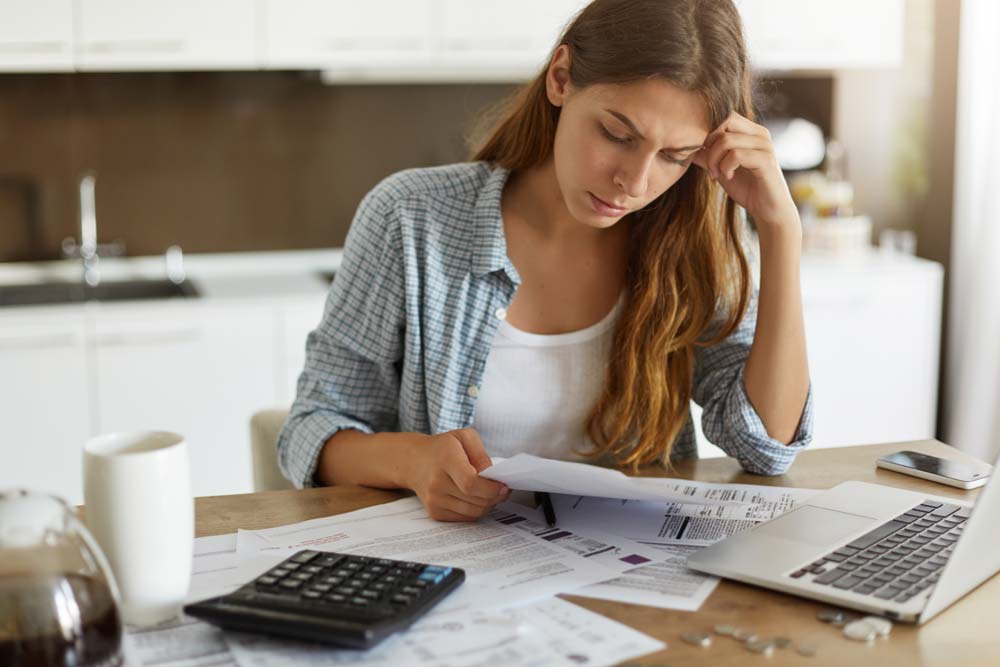Lowering bills, cutting carbon

You may have seen recent news coverage about changes to the energy price cap. But what is the price cap, and what do the changes mean for you?
The price cap is a limit on how much suppliers can charge you per unit of energy you use. It was introduced in January 2019 to try to reduce the amount UK homes were overpaying for their energy.
If you stay with a supplier for a long time and don’t actively choose one of their cheapest tariffs each year, you’ll usually end up on their ‘default’ tariff (also known as their ‘standard variable’ tariff).
Before the price cap came in, suppliers were free to charge whatever they wanted if you were on their standard variable tariff, and many took advantage by pushing up the prices. The irony, of course, is that the people who end up paying the most are their most loyal customers.
The price cap places a limit on how much your supplier can charge you per unit of energy you use. Because prices vary across different parts of the country, and depending on how you pay for your energy, the price cap varies, too.
The price cap you’ll see in the media is calculated for a ‘medium’ consumption house paying for their energy by monthly direct debit, and is averaged across all regions of the UK.
Most suppliers buy the energy they sell to homes on wholesale markets (you can find out how this works for green tariffs in our blog, here). They normally buy the energy in advance, so the wholesale price now probably determines how much your supplier will be paying in six or even 12 months’ time.
If the wholesale cost of energy goes up or down, the government adjusts the price cap to reflect this. That helps make sure suppliers can’t profit by charging high prices when their energy costs are low, but equally that they aren’t left out of pocket by being restricted to charging very low prices if the wholesale cost of energy is high.
The last six months have seen exceptionally low wholesale costs, particularly for gas. The government believes suppliers will have capitalised upon these low prices, buying the energy we’ll all be using this winter at knock-down rates. They want those savings passed on to customers, so they’re reducing the price cap by £84 a year for a typical home. Customers with prepayment meters will see the cap fall by £95 a year.
Well, if you’re on a fixed rate tariff that still has a while to run, not much. You’ve already chosen a tariff that should be well below the price cap level, and your supplier can’t change that until the end of the contract.
If you’re one of the roughly 15 million homes on default tariffs or prepayment meters, the price cap will limit the amount you’re overpaying. But here’s the really important point: The price cap will limit your overpayment, but it won’t end it. To put this in perspective, the current price cap of £1,126 a year for a typical home on a dual fuel tariff is nearly £266 more expensive than our current cheapest deal (So Energy’s ‘So Aubergine Essential’ tariff).

So, even though the October price cap reduction would trim this to £182, you’ll still be overpaying by a whopping 21%!
Consider switching as soon as possible. Because, while the price cap is falling, as we said in our blog a couple of weeks ago, wholesale energy prices are on the rise. That means that if you wait until the price cap kicks in, the fixed rate deals available may not be as competitive as the ones around right now.
Citizen’s Advice has useful guidance about prepayment meters here, and deciding if they’re right for you. If your supplier doesn’t require you to be on a prepayment meter, then it could seriously be worth considering requesting that the meter is changed to a ‘credit meter’ as soon as possible